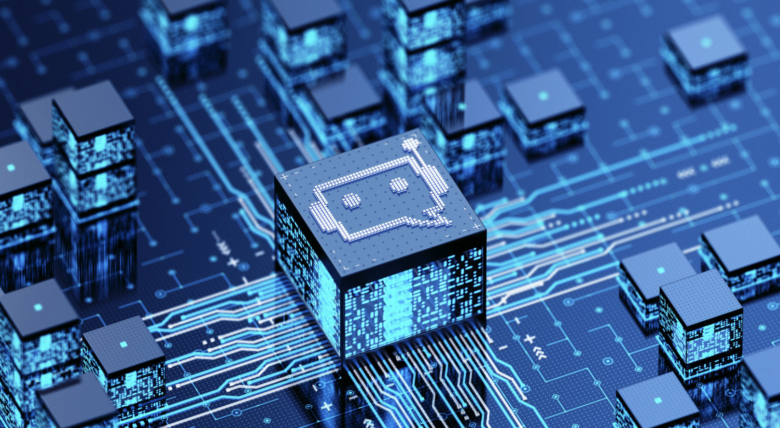Some examples of next-gen AI chatbots are Bard and ChatGPT, which will be able to accomplish more complex tasks by mimicking human speech, but they also represent a bigger risk of misinformation and employment loss
Chatbots powered by artificial intelligence (AI) such as Llama, ChatGPT, and Bard allow users to have natural-sounding conversations with the “virtual assistant”; these chatbots were mostly unheard of a year ago. They carried with them the promise of a more streamlined international economy but also the dread of losing one million jobs.
Since then, AI assistants have been helping people with content creation tasks that humans would often take much longer to do by hand. The much-touted mass layoffs have not materialized as of this writing.
App development, video and graphic content production, and music composition were just a few of the many uses for the dozens of chatbots that emerged in 2023.
Chatbot Restrictions
Critics argue that chatbots are plagiarizing online material and expressing racial or political bias via the use of sophisticated large-scale language models (LLMs).
Elon Musk—the man behind Tesla—introduced Grok, an AI assistant with a “sense of humor and rebelliousness”—all in an attempt to avoid the controversy, but he was still accused of participating in political discrimination.
As worldwide investment in artificial intelligence (AI) hits tens of billions of dollars and competitiveness among AI developers heats up, famous figures in the field are trying to predict the future of AI.
A Google DeepMind co-founder named Mustafa Suleyman is among those who believe that the future of AI assistants lies in their ability to converse with humans.
In September, Suleyman told MIT Technology Review that “the third wave will be the interactive phase,” after the second wave. For this reason, I have maintained for some time that the interface of the future would be communication. It will seem more natural to converse with your AI than to utilize a computer mouse and keyboard.
With less robotic dialogue, your AI chatbot will be more approachable. Soon, systems like Amazon’s Alexa will be able to imitate human speech, but for now they can only respond to very simple queries.
Suleyman claims that people will still be able to make their own decisions. After then, users may give the assistant “an overall high-level objective, and it will use every possible tool to take action.”
Conversations between humans and other chatbots will be used by interactive AI to achieve the goal that the user has specified
Computers will become more intuitive in their behavior and reasoning abilities as a consequence of human feedback and decisions.
Interactive AI will help companies improve customer service by guiding customers through problem-solving processes.
Technology may help with marketing, sales, and lead generation, but it can also tailor communications to meet the unique needs of each consumer.
The Future of Interactive AI: New Horizons
Industry experts claim that interactive AI might provide novel and exciting content.
In addition to regularly updating the user on the progress of their job, interactive AI will be able to engage with other individuals, websites, and chatbots to complete more complex and time-consuming activities.
Because interactive AI can handle more complex user input, it can prevent the production of harmful or offensive content and ensure the accurate execution of difficult tasks.
Many companies are already competing with one another to build interactive features. In the realm of artificial intelligence, Suleyman’s chatbot, Pi AI, was the pioneer. The advertised “your personal AI” is meant to help with various tasks such as planning, learning, or even just relaxing.
It allows users to interact with chatbot characters that have “personalities” created by other users, much to Character.ai, an early kind of interactive AI. Lots of the characters are either made up or based on real-life celebrities. By informing users that a variety is accessible, the site hopes to promote debates and provide recommendations.
Although Suleyman predicted that interactive AI will be ready in 2024, other experts anticipate that true engagement with chatbots would not happen for a few years.
The rate of innovation is rather high
Microsoft founder Bill Gates recently said that artificial intelligence is going to “turbocharge the innovation pipeline” due to its huge popularity.
In a blog post he published at the year’s close, he made the bold prediction that the public in high-income countries like the US would embrace AI in significant numbers over the next 18 to 24 months.
Furthermore, Gates expects that African countries will also experience similar AI deployment in the next three years or so.
“That’s still a gap, but it’s much shorter than the lag time we’ve seen with other innovations,” added Gates.
These estimates contribute to the widespread concern that AI could soon displace millions of workers in occupations that have been mostly immune to the digital transformation of the last three decades.
Although employment numbers have not been affected so far, some tech experts anticipate that AI may eventually replace humans in creative, financial, legal, and medical occupations.
Among other things, IT experts are worried about the future of AI and the proliferation of deepfake videos and other types of disinformation leading up to the 2024 US presidential election.
Since voters won’t be able to tell the real thing from the phony, this election has the makings of the first “deepfake election” according to some.



